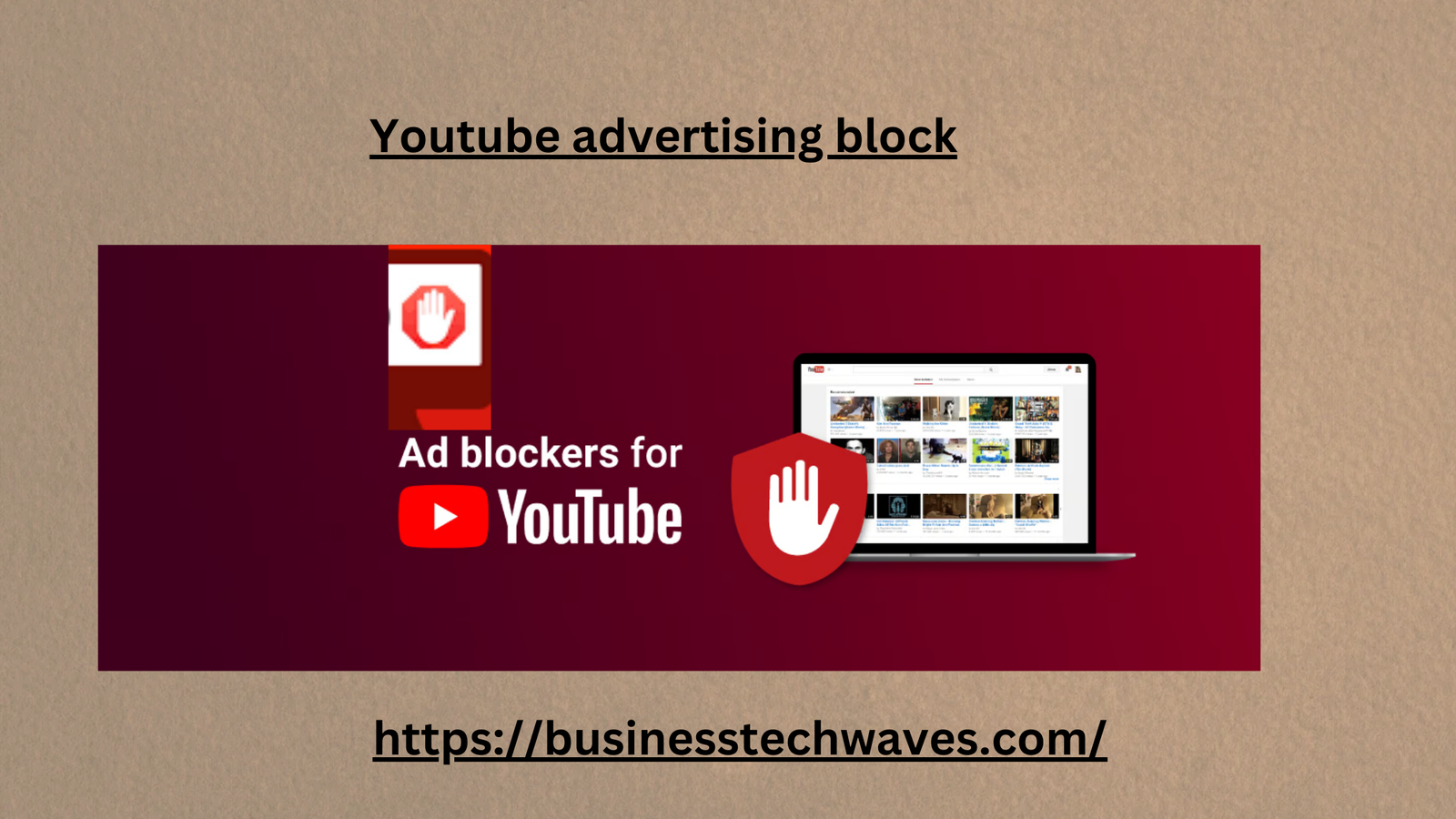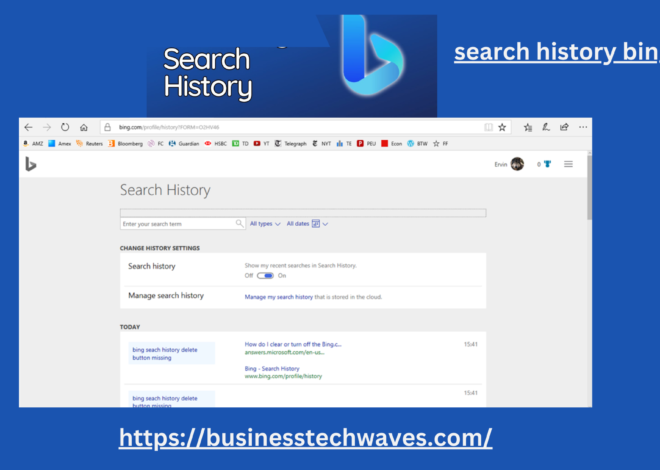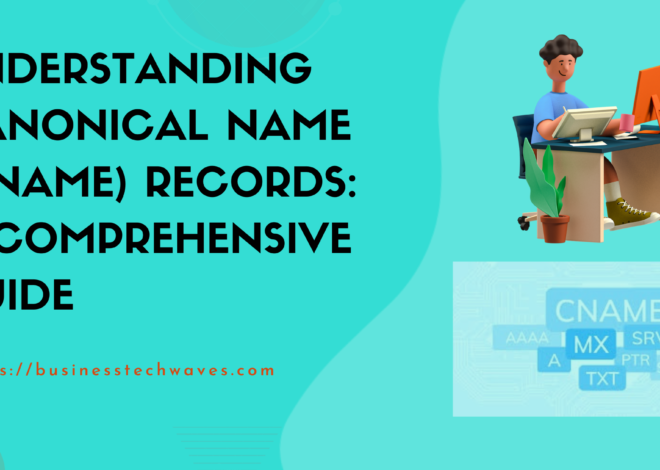
YouTube Advertising Block: Best Understanding, Benefits, and How It Impacts Online Advertising 2024
In recent years, YouTube has become one of the most prominent platforms for content creators and advertisers alike. With billions of active users, it provides an unparalleled opportunity for brands to reach their target audience. However, the rise of ad-blocking technology, specifically the concept of a YouTube advertising block, has introduced challenges and debates about the effectiveness of advertising on the platform.
This article explores the essence of YouTube advertising blocks, their implications, and strategies to navigate this evolving advertising landscape.
What is a YouTube Advertising Block?
A YouTube advertising block refers to the use of software tools, plugins, or browser extensions to prevent advertisements from appearing while watching videos on YouTube. These tools filter out ads before they are displayed, allowing users to enjoy uninterrupted content.
Ad blockers, which facilitate YouTube advertising blocks, are popular among users frustrated by frequent interruptions from skippable and non-skippable ads. While these tools improve the viewer experience, they raise concerns among advertisers and creators who depend on ad revenue.
How YouTube Advertising Blocks Work
Ad-blocking software typically analyzes web traffic to identify and suppress ad-related elements. On YouTube, these tools prevent ads from loading, whether they appear at the start (pre-roll ads), middle (mid-roll ads), or end (post-roll ads) of a video. Some advanced blockers can also eliminate banner ads and sponsored pop-ups on the platform.
The core technologies behind a YouTube advertising block include:
- Script Blocking: Prevents ad scripts from running in the browser.
- Content Filtering: Identifies and filters out ad-related domains or files.
- Whitelist Mechanisms: Some ad blockers allow users to enable ads on specific websites or channels if desired.
Why Do Users Install YouTube Advertising Blocks?
The surge in popularity of YouTube advertising blocks stems from multiple reasons:
- Improved Viewing Experience: Users dislike interruptions, particularly during short or engaging videos.
- Faster Loading Times: Ads can increase video buffering, and blocking them ensures smoother playback.
- Privacy Concerns: Many ads rely on tracking technologies, and ad blockers enhance user privacy by stopping these trackers.
- Data Usage Savings: Streaming ads consumes additional data, which can be a concern for mobile users on limited plans.
The Impact of YouTube Advertising Blocks on Advertisers
The rise of ad blockers poses significant challenges to advertisers who rely on YouTube to connect with audiences. Here’s how:
- Reduced Ad Reach: A YouTube advertising block prevents ads from reaching a segment of the audience, decreasing the effectiveness of campaigns.
- Lower ROI: Advertisers investing in ad campaigns may see lower returns due to reduced ad impressions.
- Shift in Strategy: To counteract ad-blocking trends, brands must diversify their strategies, focusing on non-intrusive and value-driven content.
Despite these hurdles, YouTube advertising remains one of the most effective tools for digital marketers, thanks to the platform’s scale and targeting capabilities.
The Effect on YouTube Content Creators
YouTube creators are often caught in the crossfire of the advertising block debate. For many creators, ad revenue forms a significant portion of their income. A widespread use of YouTube advertising blocks means fewer ads are served to their viewers, leading to lower earnings.
Creators can adapt to this scenario by exploring alternative monetization methods:
- Channel Memberships: Offering exclusive perks to subscribers.
- Sponsorship Deals: Partnering with brands for direct endorsements.
- Merchandise Sales: Selling branded products directly to fans.
YouTube’s Response to Advertising Blocks
YouTube is well aware of the challenges posed by advertising blocks and has implemented measures to counteract them:
- YouTube Premium: A subscription service offering an ad-free experience, alongside other features like offline downloads and background playback.
- Ad-Friendly Policies: Adjusting ad placement policies to minimize user frustration while maximizing impact.
- Promoting Non-Intrusive Ads: Encouraging the use of skippable ads and optimizing ad length to reduce viewer fatigue.
Can YouTube Advertising Blocks Be Overcome?
Overcoming the influence of YouTube advertising blocks requires a multi-faceted approach:
1. Creating High-Quality Content
Ads that are creative, relevant, and engaging are less likely to frustrate viewers. Brands should aim to produce content that provides value to the audience.
2. Native Advertising
Integrating advertisements seamlessly into video content, such as product placements or sponsored messages, ensures that promotions reach viewers without relying on traditional ad formats.
3. Focus on Organic Growth
Investing in SEO, social media marketing, and influencer partnerships can help brands achieve visibility without relying heavily on ads.
4. Audience Engagement
Building a loyal and engaged audience encourages viewers to whitelist channels or subscribe to YouTube Premium, supporting creators and reducing reliance on ads.
Legal and Ethical Considerations of YouTube Advertising Blocks
The use of YouTube advertising blocks raises questions about legality and ethics. While ad blockers are generally legal, their use may conflict with the terms of service of platforms like YouTube.
From an ethical perspective, blocking ads deprives creators of fair compensation for their work. Viewers using ad blockers should consider alternative ways to support their favorite creators, such as subscribing, donating, or engaging with their content.
YouTube Advertising Block: The Way Forward
As YouTube continues to evolve, the future of advertising on the platform hinges on finding a balance between user experience and monetization. A few trends to watch include:
- Ad Personalization: Leveraging AI to deliver hyper-relevant ads that resonate with viewers.
- Hybrid Monetization Models: Combining ads with other revenue streams, like subscriptions and memberships.
- Improved Transparency: Providing viewers with clearer options to control their ad experience.
Conclusion
The concept of a YouTube advertising block has significantly reshaped the dynamics of online video advertising. While it enhances the viewer experience, it creates challenges for advertisers and content creators. Navigating this landscape requires innovation, audience-centric strategies, and a willingness to adapt.
For advertisers and creators, understanding the intricacies of YouTube advertising blocks is essential for staying relevant and successful in the digital age. By prioritizing value-driven content and exploring diverse revenue streams, it is possible to thrive in a world where ad blocking continues to gain traction.
By addressing these challenges strategically, YouTube can remain a cornerstone of digital advertising, while ensuring that users, creators, and advertisers benefit from the platform.


